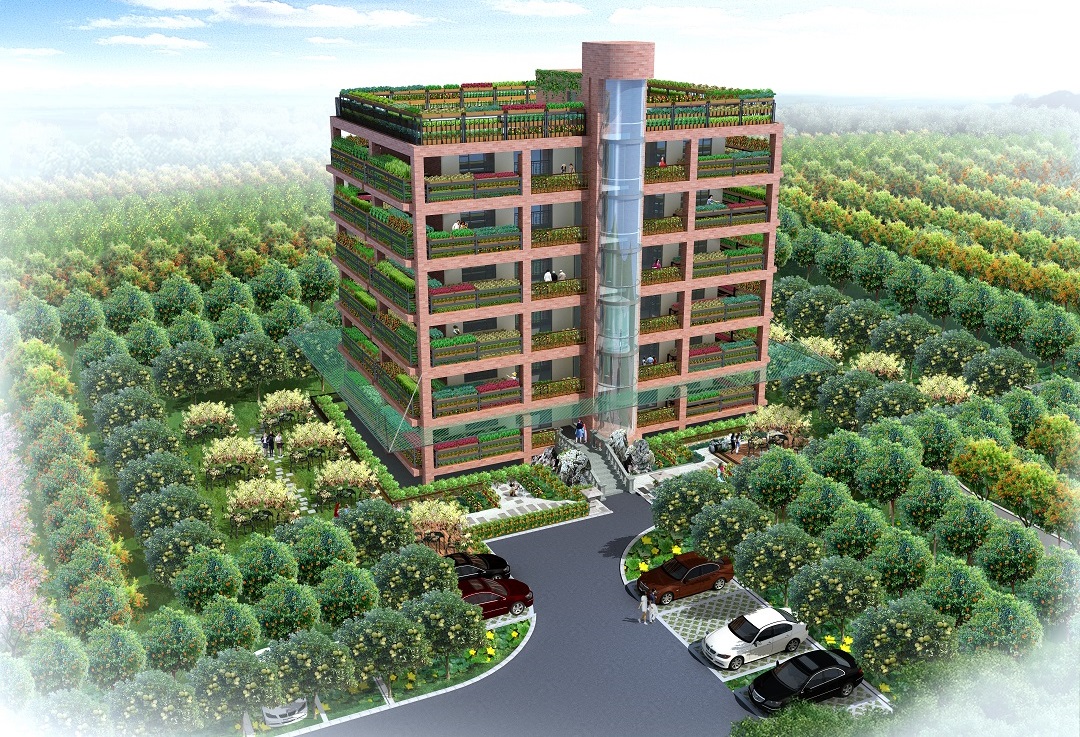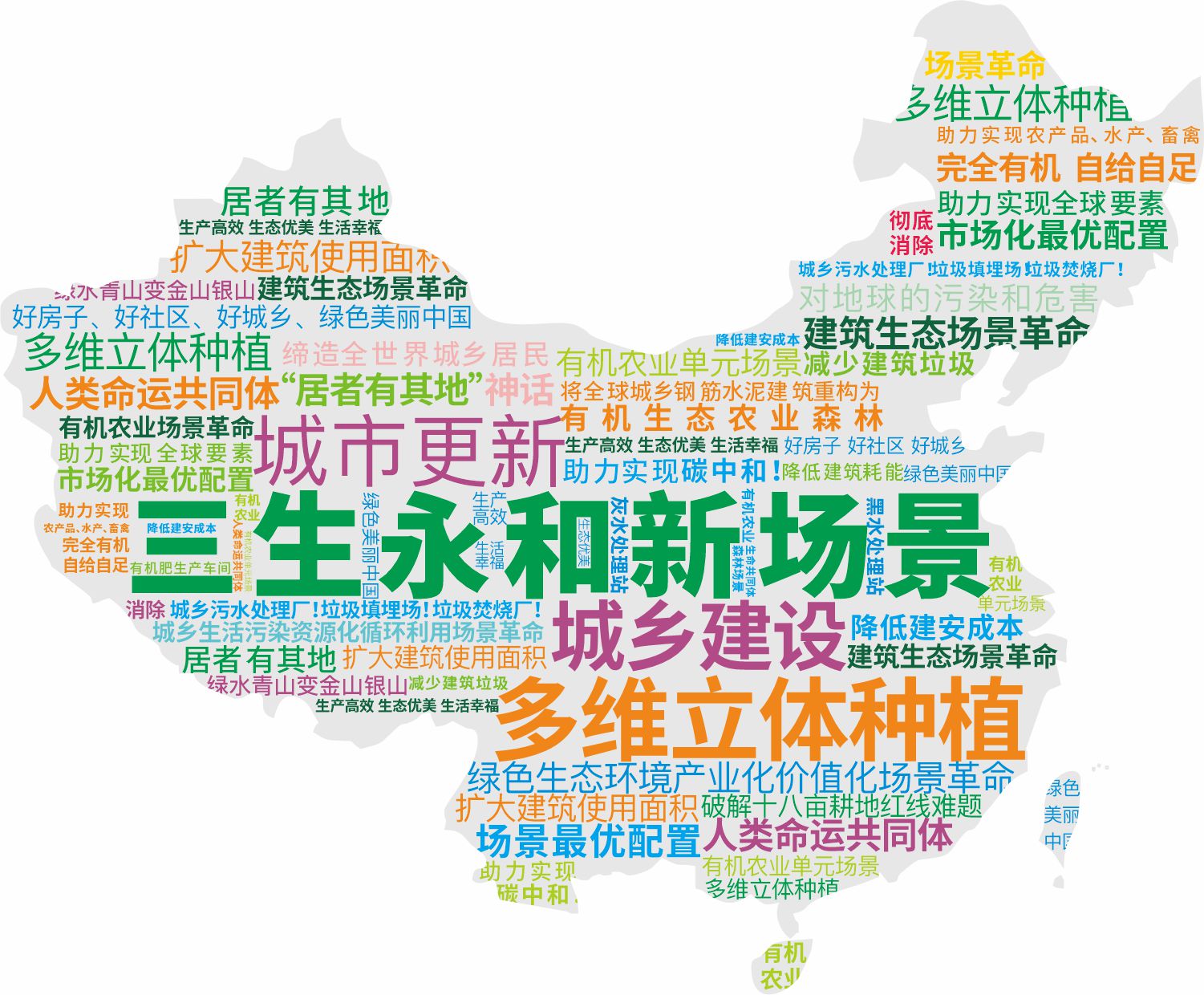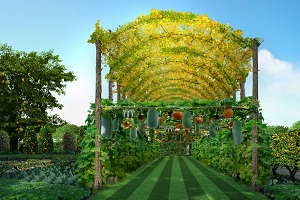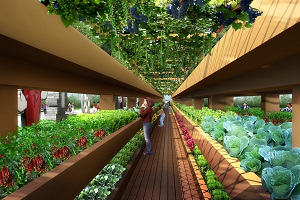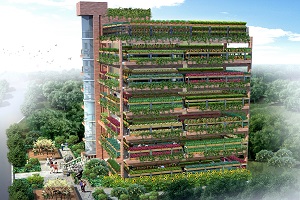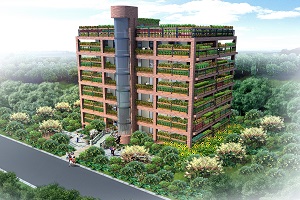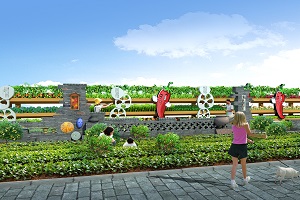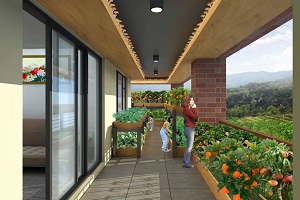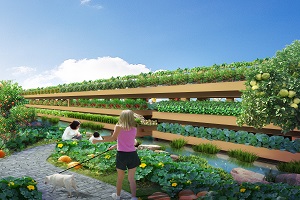"PLE" Circular System
We has invested hundreds of millions of funds in scientific and technological research and development, and after nearly two decades of dedicated research, the “Production-Living-Ecological” Circular System project, which reconstructs the value of future urban and rural ecological environment and subverts traditional human settlements, is in full swing. The project fully utilizes independent core patents, fully draws on and absorbs domestic and foreign advanced technologies, and aims to build a new model of harmonious urban and rural production and life in the world in the future. It applies innovative and productive resonance innovation based on the integration of new concepts and elements, aiming to improve the quality of human life through patented technologies and new integrated concepts, achieve green and scientific global ecological production, and promote sustainable social development. Through innovation in building materials, facility agriculture, pollution resource utilization, and green ecological industrialization, we have fundamentally solved social problems such as environmental pollution, food safety, reduction of arable land, and employment problems caused by urban and rural development, and regenerated numerous available resources. At the same time, we will scientifically lay out strategic emerging industries, form a new industrial chain for the future, and comprehensively drive the vigorous development of multiple domestic industries, injecting new impetus into the national “dual circulation economic” and even the global economic recovery. Ultimately, we aim to achieve urban and rural ecological governance, safe organic agriculture, and sustainable development through the forestation of urban and rural ecosystems, the promotion of horticulture as an exhibition, and the value creation of the ecosystem.
